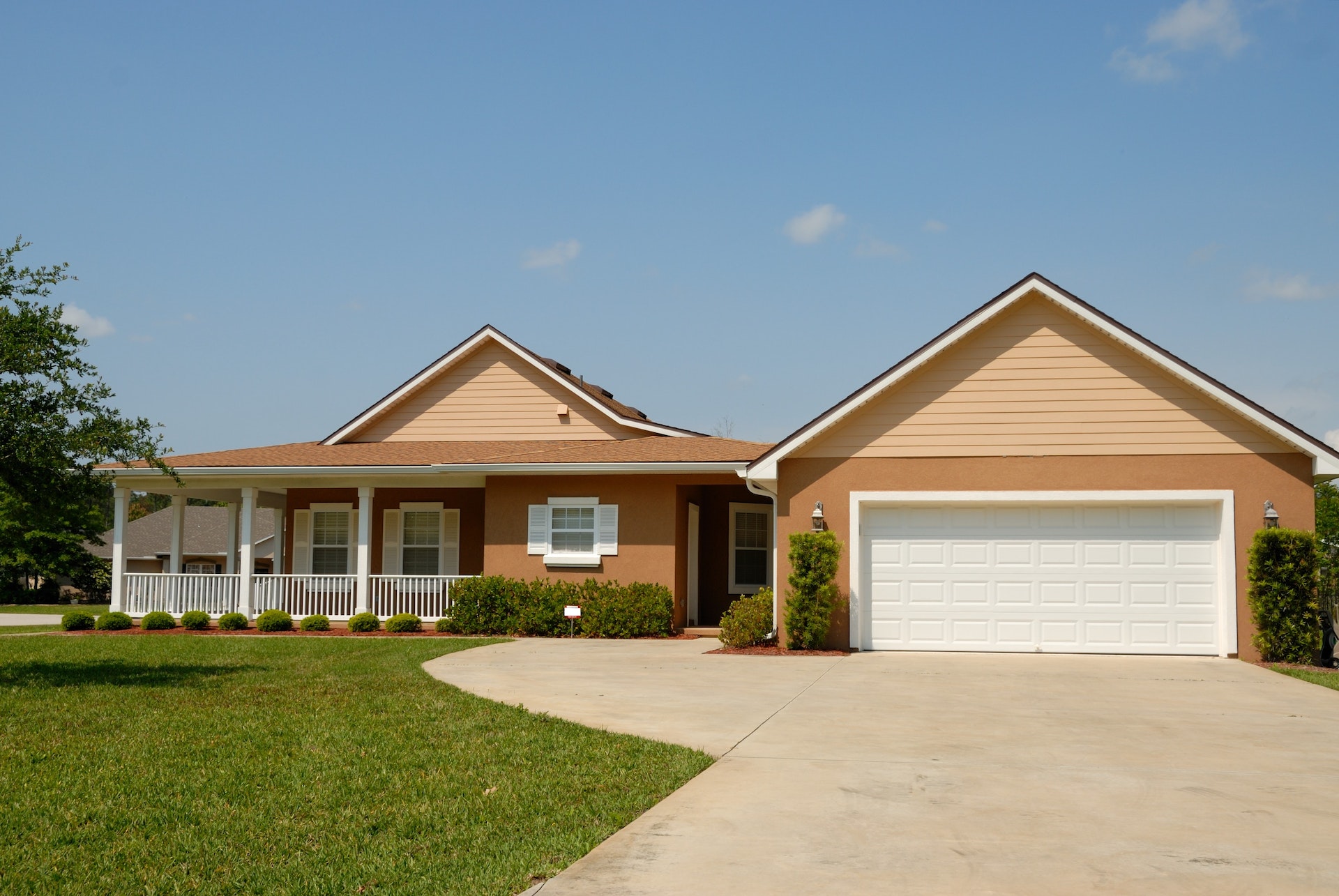PROPERTYSPARK ARTICLE
Why Pole Barn Homes Are Perfect for Homesteaders in Peru, IN
Many people dream of living off the grid and becoming more self-sufficient, as it helps protect their families from rising inflation and supply chain issues. There’s really no place that’s better for this than Peru, Indiana, which has plenty of land for sale and a low cost of living; more than that, the soil around Peru is the incredibly sought-after “black gold,” full of rich loam that grows copious crops.
Once you’ve found a great plot of land and are ready to put down roots, your next concern is building a home that can stand the frigid winter and heavy snowfall that Peru experiences every year. You also need one that is customizable, affordable, and energy-efficient to reduce costs and allow you to focus your attention on raising your livestock, tending to your crops, and caring for your children.
Thankfully, there’s a perfect solution: pole barn homes. These buildings are made much like the rugged red barns you see throughout the Midwest, which built to last for decades; instead of relying on internal load-bearing walls and a foundation, the roof is supported by the exterior walls, which are made of heavy poles pounded into the ground. Not only do they look perfect in the pastoral landscape of central Indiana, but they have many advantages over a traditional home, which we’ll explore today.

Pole Barn Homes Are Incredibly Energy Efficient
One of the major reasons that people gravitate toward homesteading is that they wish to reduce their carbon footprint while developing self-sufficiency, but it’s difficult to do this if you build a standard American house.
Traditional homes are energy hogs: 96% of the United States’s electrical sales go toward the residential sector, but much of this is wasted through poorly-sealed windows, leaky roofs, and insufficient insulation. Energy efficiency is crucial both for the environment and for your budget, and thankfully, a pole barn home significantly lowers your carbon footprint.
Hybrid insulation and a thin solar panel on the roof will allow your residence to have net zero emissions, as all the electricity your family needs can be produced by solar power. They also use less construction materials because they don’t require load-bearing walls, further reducing your net emissions.
They’re Low Maintenance
The major selling point of these homes is that, with no stud walls, they require much less maintenance than other homes. The more materials you have, the more that can go wrong – and the more you’ll have to spend constantly repairing things throughout your property. Because they have fewer components, pole barn homes are much hardier; they also use a great deal of metal in their construction, which provides further stability and protection against damage.
Another crucial element is that they do not require a foundation, which is both incredibly important and incredibly vulnerable in the average home. Peru, Indiana, has the state’s highest proportion of flood-prone properties, which can spell disaster if your home has a foundation. When most of a building’s stability comes from below, cracks from water damage can seriously destabilize the structure and require thousands of dollars in repair. Because pole barn structures are rooted in the soil and reinforced with a concrete pad rather than resting on top of a foundation, they’re better able to stand firm in saturated soils.
Quick Construction Means a Lower Cost
Every homesteader worries about cost: you likely chose this lifestyle to help reduce expenses by relying on your own labor instead of the whims of grocery store prices. Good homesteading tools are expensive, and bringing just one animal to maturity can cost hundreds of dollars or more. As such, you want to find any way possible to trim costs during home construction without sacrificing quality – and pole barn homes are the perfect solution.
The typical home takes over eight months to complete, but a 2,000-square-foot pole barn structure is often completed in less than two months, which lets you get started on your homesteading adventure much faster. While prices vary based on the size and complexity of the project, these homes cost thousands of dollars less than the traditional home because they don’t require interior load-bearing walls; the lumber for all these supports is very pricey, especially with the recent supply chain issues that have driven up the cost.
Rich soil, a low cost of living, and the Indiana pioneer spirit make Peru a perfect place for homesteading, and there is no better housing option than a brand-new pole barn home. You can expect lower energy bills, less maintenance, and faster construction, letting you get settled just in time for the sowing season. Choose a reputable builder with a proven track record of success, and you’ll find yourself with thousands of extra dollars in your pocket over time, ready to invest in your farm.
Learn how to Become a Top Agent with the Guaranteed 5 Min/Week System
No social media experience needed
Free webinar seat (limited quantities)
Learn the guaranteed 5 min/week system
Become a social media superstar
Constantly get new leads
Beat the competition
Get a special webinar deal
This Agent Tripled His Commissions Just With Social Media
Learn how this real estate agent tripled his commissions just with social media and how you too can become a social media superstar.
Why You Can’t Just “Boost” Your Real Estate Listing
That big blue button has tempted you before right? You want to Facebook Boost your Real Estate listing. Find out why you shouldn’t!
How Much Should Realtors Spend On Social Media
A question we get often from Realtors is “how much should I spend on social media?” Find out exactly how much to spend and how to spend it without getting ripped off!


